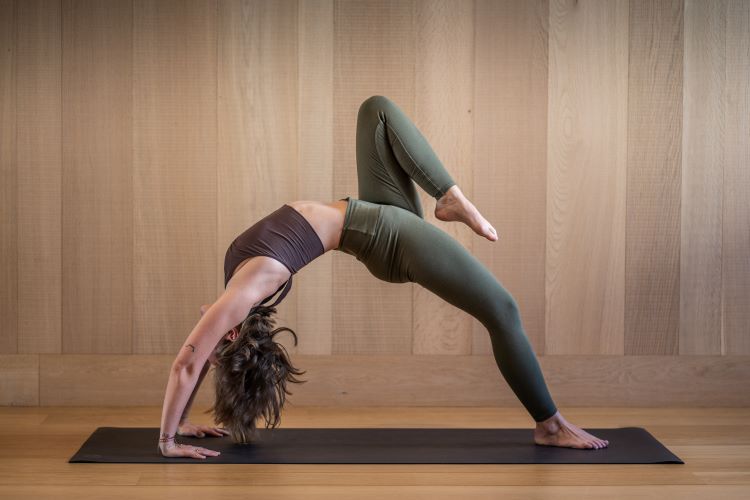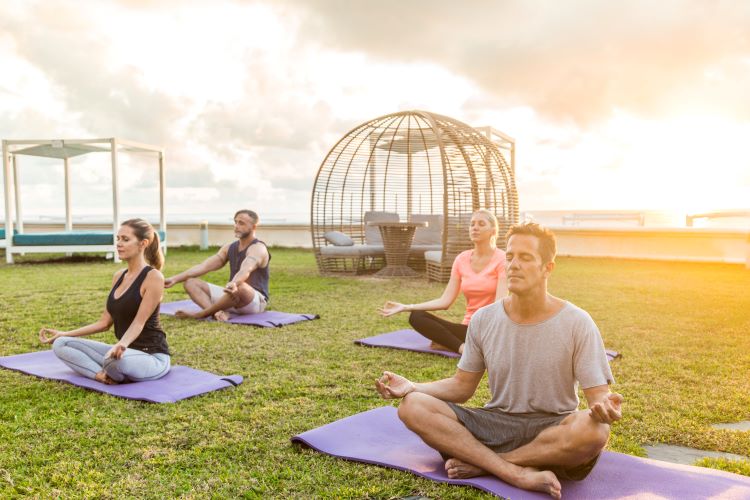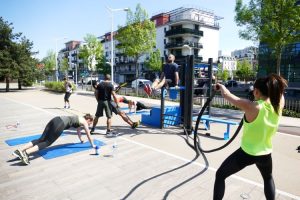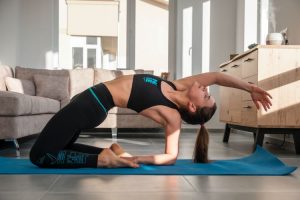What’s the Difference Between Yoga and Pilates? A Complete Guide
Discover the key distinctions between yoga and Pilates in this comprehensive guide. Explore their benefits, differences, and find out which one suits you best.
In the world of fitness and well-being, there are countless ways to stay healthy and active. Two popular practices that often get mixed up are yoga and Pilates. Although they share some similarities, they have distinct differences. So, what’s the difference between yoga and Pilates? In this article, we’ll explore these two practices, highlighting their unique features, benefits, and helping you decide which one is best for you.
Both yoga and Pilates are mind-body exercises that focus on flexibility, strength, and overall well-being. However, they differ in several aspects:
Origins and History
Yoga
Yoga is an ancient practice with roots in India that date back thousands of years. It combines physical postures, breathing techniques, and meditation to promote physical and mental harmony.
Pilates
Pilates, on the other hand, is a more recent development, created by Joseph Pilates in the early 20th century. It initially aimed to rehabilitate injured soldiers but has since evolved into a holistic fitness system.
Focus and Philosophy
Yoga
Yoga’s primary emphasis is on achieving balance, flexibility, and spiritual connection. It promotes mindfulness, self-awareness, and inner peace.
Pilates
Pilates focuses on core strength, stability, and posture. It aims to create a strong foundation for overall physical health and well-being.
Breathing Techniques
Yoga
Yoga incorporates various breathing techniques, such as pranayama, to facilitate relaxation and enhance energy flow throughout the body.
Pilates
Pilates emphasizes lateral breathing, which helps maintain core engagement and stabilize the spine during exercises.
Exercises and Movements
Yoga
Yoga includes a wide range of poses and stretches, often held for extended periods. These poses improve flexibility and balance.
Pilates
Pilates exercises involve controlled movements that target specific muscle groups. The focus is on quality over quantity.
Equipment
Yoga
Yoga typically requires minimal equipment. A yoga mat is often the only necessity.
Pilates
Pilates can involve various equipment, such as reformers, resistance bands, and stability balls, depending on the type of class.
Benefits
Yoga
- Improved flexibility
- Stress reduction
- Enhanced mental clarity
- Better posture
Pilates
- Stronger core muscles
- Improved stability
- Better body alignment
- Enhanced muscular endurance
Best Suited For:
Yoga
Yoga is ideal for individuals seeking a holistic approach to health and well-being, focusing on the mind-body connection.
Pilates
Pilates is well-suited for those looking to build core strength, improve posture, and enhance physical performance.

Frequently Asked Questions
Q: Is it possible to combine yoga and Pilates in one fitness routine?
A: Yes, many people find that incorporating elements of both yoga and Pilates into their workout routine provides a well-rounded approach to fitness.
Q: Can yoga or Pilates help with weight loss?
A: While they primarily focus on strength, flexibility, and mental well-being, consistent practice of either can indirectly contribute to weight loss as part of a healthy lifestyle.
Q: Are there any age restrictions for practicing yoga or Pilates?
A: No, both yoga and Pilates are suitable for individuals of all ages. However, it’s essential to choose classes or routines that match your fitness level.
Q: How often should I practice yoga or Pilates to see results?
A: Consistency is key. Aim for at least 2-3 sessions per week to experience noticeable improvements in strength, flexibility, and overall well-being.
Q: Are there any specific health conditions that might prevent someone from practicing yoga or Pilates?
A: Certain medical conditions may require modifications or careful consideration. It’s advisable to consult with a healthcare professional before starting either practice if you have concerns.
Q: Can I practice yoga or Pilates at home, or should I join a class?
A: Both options are available. Joining a class with a certified instructor is an excellent way to ensure proper form and guidance. However, practicing at home is also possible, provided you have the necessary knowledge and resources.
In the quest for physical fitness and mental well-being, yoga and Pilates are two extraordinary options, each with its unique attributes and benefits. The differences between yoga and Pilates encompass their origins, philosophies, exercises, and focus. Your choice between them should align with your personal goals and preferences.
As you embark on your journey to better health, remember that there is no one-size-fits-all solution. The best path for you may involve a combination of both yoga and Pilates to achieve the perfect balance of strength, flexibility, and inner peace.
Remember to, Flex at Ur Prime.






You should be a part of a contest for one of the most useful websites on the web. I am going to recommend this website!